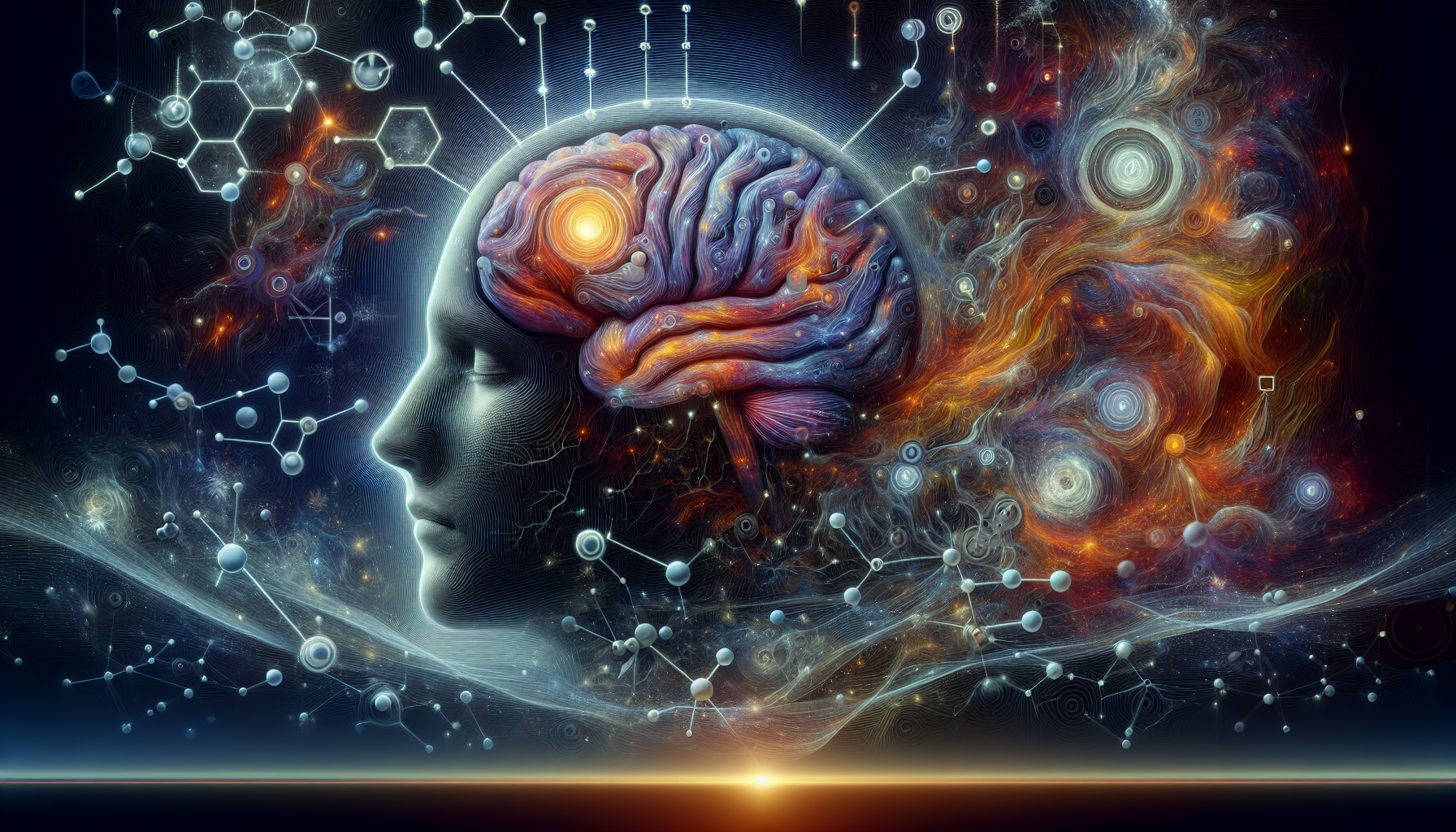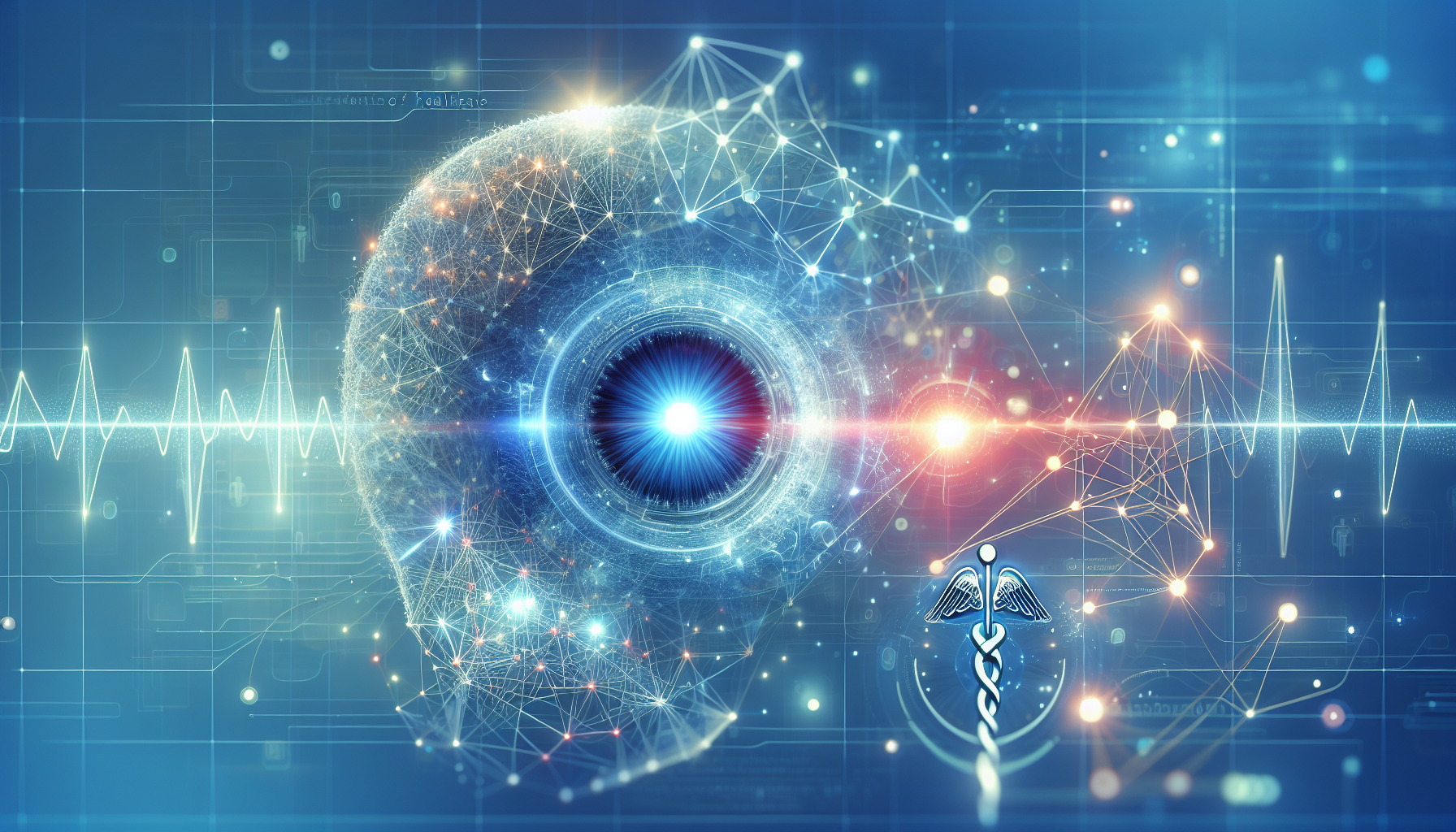Exploring the Link Between Massage Guns and Vertigo in Younger Adults
Key Takeaways
- Massage guns, popular for muscle recovery, have been linked to the onset of benign paroxysmal positional vertigo (BPPV) in younger adults.
- Intense vibrations from these devices can dislodge otoliths in the inner ear, potentially triggering vertigo symptoms.
- Healthcare providers should consider the use of massage guns when diagnosing BPPV and advise patients on their careful use to prevent adverse health effects.
Did You Know?
Introduction to BPPV and Massage Guns
Benign paroxysmal positional vertigo (BPPV) is a common vestibular disorder that causes brief episodes of dizziness related to changes in head position. This condition affects a significant portion of the population, particularly as they age. However, recent observations suggest that younger individuals are also at risk, particularly when using certain devices like massage guns. These handheld devices, designed to relieve muscle soreness through intense vibrations, may pose unexpected health risks.
Case Studies of Young Women
Two young women, aged 31 and 48, experienced acute episodes of BPPV, leading healthcare professionals to investigate the underlying causes. Both women reported frequent use of percussive massage guns on their neck and shoulders shortly before their vertigo symptoms began. This correlation prompted further examination into the impact of these devices on vestibular health.
Diagnostic Process and Findings
The medical evaluations for these women included various vestibular function tests such as the Dix-Hallpike maneuver, which confirmed the BPPV diagnosis. The tests showed that the intense vibrations from the massage guns likely dislodged otoliths in their inner ears, triggering vertigo. Following diagnosis, both patients were advised to cease using the massage guns, which led to a cessation of their symptoms.
Implications of Massage Gun Use
The increasing popularity of massage guns as a tool for muscle recovery raises concerns about their safety, particularly regarding their intense vibrational force. These devices are significantly more powerful than traditional massage tools, capable of delivering up to 32 kgs of force and 5,000 strokes per minute. Such intensity can potentially affect the inner ear structures, leading to conditions like BPPV.
Health Risks and Recommendations
Given the potential risks associated with massage guns, especially when used near the head and neck, healthcare providers should inquire about the use of such devices when diagnosing BPPV. Patients should be made aware of the risks and advised to use these devices cautiously. Manufacturers might also consider including warnings about the possible health implications of their use.
Conclusion
While massage guns can offer benefits in terms of muscle recovery, their impact on vestibular health warrants caution. The cases of the two young women highlight the need for awareness and careful use of these devices to prevent adverse health effects like BPPV. Further research is needed to fully understand the relationship between vibrational exposure from massage guns and vestibular disorders.




